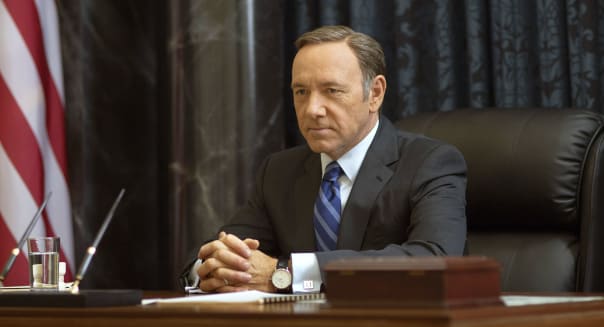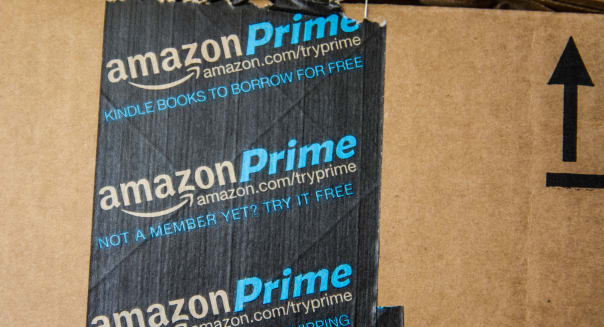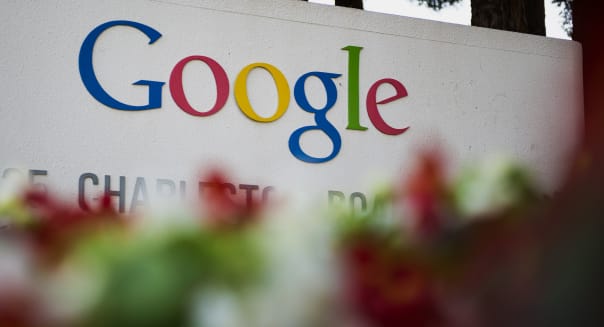Filed under: Company News, Media, Netflix, Amazon.com, Rumors, Entertainment Industry, Investing

"It's not clear that one price fits all," CEO Reed Hastings said back in January during Netflix's earnings call. "We're trying to figure out some models of good, better, best price tiering that makes sense and provide some flexibility for our customers, at least for our new customers. Our existing customers of course we would grandfather very generously."
The comments followed a letter to shareholders that offered similar comments about protecting existing subscribers as it offers what would be pricier options for new members. However, Hastings and CFO David Wells write "we are in no rush to implement such new member plans and are still researching the best way to proceed."
That's fair, but now that we've seen Sirius XM Radio (SIRI) introduce its second price hike in three years back in January and Amazon go through with a 25 percent increase to its Amazon Prime loyalty shopping membership plan, waiting may not be in Netflix's best interest.
Netflix Will Still Be a Deal
The market knows that Netflix is testing new price points, and sometimes it's better just to rip off the Band-Aid in one swift tug. The video buffs who subscribe may not like the move, but shareholders will love it. An increase that protects existing Netflix members should help retain existing users, but it would also encourage studios to offer newer movies and even more original TV shows like the acclaimed "House of Cards" since the smorgasbord would no longer be cheapening their content at $7.99 a month.
Amazon, the leading online retailer, also telegraphed an increase during January's earnings call: "With the increased cost of fuel and transportation as well as the increased usage among Prime members we're considering increasing the price of Prime between $20 to $40 in the U.S."
Amazon opted to boost its rate by $20 to $99 a year. It was the first increase since Amazon rolled out the plan nine years ago, and the 25 percent bump is less than the overall inflation rate in that time. Plus, Amazon has also improved the platform.
It's not just about complimentary two-day shipping for Amazon-warehoused merchandise and discounted overnight deliveries. An Amazon Prime subscription includes include monthly Kindle e-book rentals and a Netflix-like streaming video service, all at no additional cost.
Will Customers Pony Up?
The vast majority of Amazon Prime customers are expected to bite the bullet. Netflix will probably find a similar reaction if it follows Amazon by hiking its basic monthly plan to $8.99 or $9.99.
Netflix may grandfather in existing members -- something that Amazon chose not to do once existing Prime members hit their annual renewal date -- but the rate should head higher sooner rather than later. There are big stock gains to protect and content licensing deals to acquire.
That's entertainment.
Motley Fool contributor Rick Munarriz owns shares of Netflix. The Motley Fool recommends Amazon.com and Netflix. The Motley Fool owns shares of Amazon.com, Netflix, and Sirius XM Radio. Try any of our newsletter services free for 30 days.
































